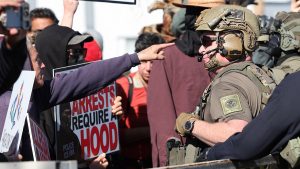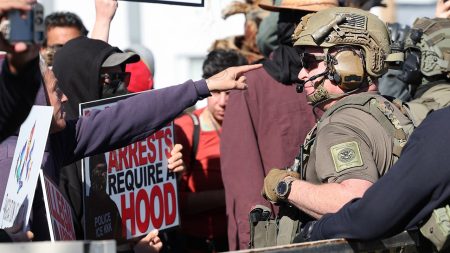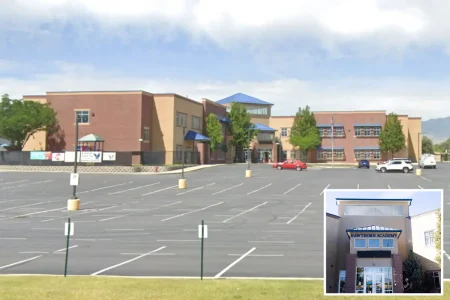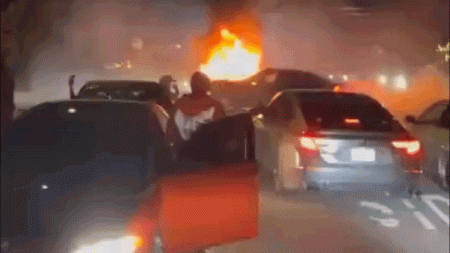Gaza Crisis: Humanitarian Evacuation Route Opens Amid Ongoing Conflict
In a significant development amid the escalating crisis in Gaza, the Israeli military has announced the opening of an additional temporary evacuation route for Palestinian civilians trapped in conflict zones. This decision comes as hundreds of thousands of Palestinians remain in the city, facing increasingly dire humanitarian conditions as the conflict intensifies. The evacuation corridor aims to provide safe passage for civilians seeking to flee active combat areas, though humanitarian organizations continue to express concerns about the safety and practicality of these routes amid ongoing military operations.
The situation on the ground remains extraordinarily challenging for Gaza’s civilian population, who are caught between evacuation orders and the fundamental difficulty of finding safe haven within the densely populated territory. Many families face impossible choices: risk movement through designated corridors without guarantees of safety, or remain in areas under bombardment. Humanitarian workers report that those who do evacuate often arrive at already overcrowded shelters lacking basic necessities like clean water, food, and medical supplies. The psychological toll compounds the physical hardship, with children particularly vulnerable to the trauma of displacement and the constant sounds of warfare.
International aid organizations continue to emphasize that temporary evacuation routes, while potentially life-saving for some, cannot substitute for a comprehensive humanitarian response. They stress the urgent need for sustained humanitarian pauses that would allow for the delivery of essential supplies and medical evacuation of the wounded. Reports from medical facilities still operating in Gaza describe overwhelming conditions, with doctors performing complex surgeries without adequate equipment or anesthesia, and patients being treated on floors due to the lack of available beds. These circumstances have prompted renewed calls from global health authorities for protected humanitarian corridors and respect for medical neutrality.
The current crisis represents one of the most severe humanitarian emergencies in recent memory, with displacement figures reaching historical proportions for the Gaza Strip. According to UN estimates, the majority of Gaza’s 2.3 million residents have been displaced at least once since the conflict began, with many experiencing multiple displacements as evacuation zones shift. The announcement of this new evacuation route occurs against a backdrop of increasing international pressure for a ceasefire and unimpeded humanitarian access. Diplomatic efforts continue in various capitals, though concrete progress toward de-escalation remains elusive as positions on both sides appear entrenched.
For Palestinians attempting to navigate this crisis, daily life has been reduced to a struggle for survival. Families separated by evacuation orders struggle to maintain contact, with telecommunications frequently disrupted. Those with chronic medical conditions face particular dangers as medication supplies dwindle and treatment becomes increasingly difficult to access. Meanwhile, the destruction of critical infrastructure—including water treatment facilities, bakeries, and power stations—has created conditions that public health experts warn could lead to disease outbreaks that would further strain the collapsed healthcare system. Despite these challenges, community solidarity remains strong, with many examples of neighbors supporting one another through resource sharing and collective care.
The opening of additional evacuation routes, while potentially beneficial for those able to use them, underscores the fundamental paradox at the heart of this crisis: the shrinking space for civilian safety in one of the world’s most densely populated areas. As international humanitarian law experts continue to emphasize the obligations of all parties to protect civilian life, the people of Gaza face each day with uncertainty about where safety might be found. The international community watches with growing concern, as humanitarian workers on the ground warn that without a sustainable political solution, the cycle of crisis and temporary measures will continue to exact an unacceptable human cost on a population already enduring extreme suffering.










